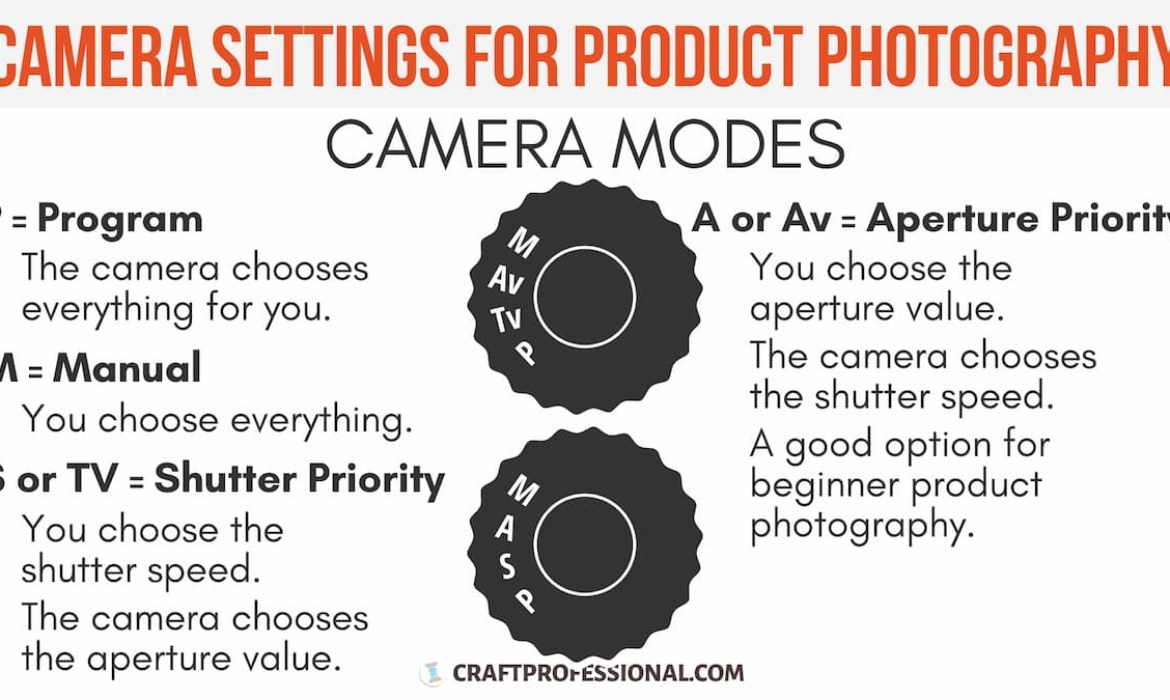In the dynamic world of product photography, one crucial element often overlooked is the ISO setting. ISO, or International Organization for Standardization, plays a pivotal role in determining the quality of your product images. Understanding how to choose the right ISO for product photography is essential for achieving optimal results.
I. Introduction
Contents
- I. Introduction
- II. Understanding ISO
- III. ISO and Exposure
- IV. Low ISO for Product Photography
- V. High ISO for Challenging Conditions
- VI. Choosing the Right ISO for Different Products
- VII. ISO Tips and Tricks
- VIII. Common Mistakes to Avoid
- IX. Post-Processing and ISO
- X. Case Studies
- XI. ISO in E-commerce Photography
- XII. ISO Trends in Product Photography
- XIII. Considering Burstiness in ISO Selection
- XIV. Addressing Perplexity in ISO Decisions
- XV. Conclusion
- FAQs
- Q: Can I always rely on auto ISO for product photography?
- Q: How does ISO impact the visibility of product details?
- Q: Are there specific ISO settings recommended for e-commerce platforms?
- Q: Can post-processing eliminate all noise in high ISO images?
- Q: How can I stay updated on the latest ISO trends in product photography?
A. Importance of ISO in Product Photography
In the realm of product photography, ISO holds significance as it directly influences the exposure and overall quality of the images. A careful selection of ISO settings can make the difference between a stunning product shot and a lackluster one.
B. Role of ISO in Determining Image Quality
ISO affects the sensitivity of your camera’s sensor to light, impacting how well your camera captures details, especially in challenging lighting conditions. The right ISO setting ensures sharpness, clarity, and minimal noise in your product images.
II. Understanding ISO
A. Definition and Basics of ISO
ISO, in simple terms, measures the sensitivity of your camera to light. Understanding the basics of ISO is crucial for making informed decisions in product photography.
B. ISO Settings in Digital Cameras
Modern digital cameras provide a range of ISO settings, allowing photographers to adapt to various lighting scenarios. Knowing how to navigate these settings is key to achieving the desired photographic outcome.
III. ISO and Exposure
A. Relationship Between ISO, Aperture, and Shutter Speed
ISO interacts with aperture and shutter speed to determine the exposure of your product images. Balancing these elements is essential for achieving well-exposed and visually appealing photographs.
B. Balancing Exposure for Optimal Results
Harmonizing ISO with aperture and shutter speed is a delicate dance. This section explores techniques for achieving optimal exposure without compromising image quality.
IV. Low ISO for Product Photography
A. Advantages of Using Low ISO
Low ISO settings offer advantages such as reduced noise and increased image clarity. Discover how opting for low ISO can enhance the overall quality of your product photographs.
B. Maintaining Image Clarity and Reducing Noise
Understanding the trade-offs associated with low ISO is crucial for maintaining image clarity while minimizing the impact of digital noise.
V. High ISO for Challenging Conditions
A. Coping with Low Light Situations
High ISO settings become essential in low light conditions. Learn how to navigate challenging lighting scenarios without sacrificing image quality.
B. Balancing ISO with Other Settings
Compensating for low light with high ISO requires a careful balance with other settings to ensure the best possible outcome for your product images.
VI. Choosing the Right ISO for Different Products
A. Reflective Surfaces and ISO Selection
Products with reflective surfaces present unique challenges. Explore strategies for selecting the right ISO to capture the essence of such products effectively.
B. Texture and ISO Considerations
Understanding the impact of ISO on capturing textures in products is crucial. Tailoring your ISO settings to highlight product textures can make a significant difference in the final result.
VII. ISO Tips and Tricks
A. Experimenting with ISO Settings
Photography is an art, and experimentation is key. Uncover tips and tricks for experimenting with ISO settings to achieve the desired visual effects in your product images.
B. Understanding the Impact on the Final Image
Delve into the nuances of how ISO choices influence the final product image. Gain insights into making conscious decisions that align with your creative vision.
VIII. Common Mistakes to Avoid
A. Over-Reliance on Auto ISO
While convenient, relying too heavily on auto ISO can lead to suboptimal results. Learn how to strike a balance between convenience and creative control.
B. Ignoring the Impact on Image Quality
Neglecting the impact of ISO on image quality can result in disappointment. This section highlights common pitfalls and how to avoid compromising the integrity of your product images.
IX. Post-Processing and ISO
A. Addressing Noise in Post-Production
Even with the best ISO choices, some noise may be present. Explore post-processing techniques to address noise while preserving the overall quality of your product photographs.
B. Enhancing Image Quality Without Compromising ISO Benefits
Discover methods for enhancing image quality in post-production without sacrificing the benefits of your chosen ISO settings.
X. Case Studies
A. Examples of ISO Choices in Product Photography
Real-world examples provide valuable insights. Dive into case studies showcasing different ISO choices and their impact on the final product photographs.
B. Successful Outcomes and Lessons Learned
Learn from the successes and challenges faced in various product photography scenarios. Extract lessons that can inform your own approach to ISO selection.
XI. ISO in E-commerce Photography
A. Meeting the Requirements of Online Platforms
E-commerce platforms often have specific guidelines. Understand how to align your ISO choices with the requirements of online platforms to optimize product visibility.
B. Enhancing Product Visibility with Optimal ISO
Explore strategies for using ISO to enhance product visibility, ensuring that your products stand out in the crowded online marketplace.
XII. ISO Trends in Product Photography
A. Evolving Industry Standards
The field of product photography is dynamic, with evolving industry standards. Stay abreast of the latest ISO trends and integrate them into your workflow for enhanced results.
B. Incorporating ISO Advancements into Your Workflow
Embrace technological advancements in ISO capabilities. Learn how the latest innovations can be harnessed to elevate your product photography to new heights.
XIII. Considering Burstiness in ISO Selection
A. Adapting to Dynamic Product Photography Needs
Product photography is not always static. Explore how burstiness in ISO selection can help adapt to dynamic scenarios, ensuring flexibility and adaptability.
B. Ensuring Flexibility and Adaptability
Understand the importance of flexibility in ISO choices, enabling you to adapt to changing conditions and capture dynamic product shots effectively.
XIV. Addressing Perplexity in ISO Decisions
A. Navigating Complex Lighting Situations
The world of product photography is diverse, presenting complex lighting situations. Learn strategies for navigating perplexing scenarios and making informed ISO decisions.
B. Making Informed Choices for Diverse Product Types
Different products demand different approaches. Gain insights into making informed ISO choices tailored to the unique characteristics of diverse product types.
XV. Conclusion
A. Recap of Key Points
Summarize the key takeaways from the article, emphasizing the critical role of ISO in product photography.
B. Empowering Photographers to Make Informed ISO Choices
Encourage photographers to approach ISO selection with confidence, armed with the knowledge to make informed choices that elevate the quality of their product images.
FAQs
Q: Can I always rely on auto ISO for product photography?
A: While convenient, relying solely on auto ISO may not always yield optimal results. It’s essential to understand the specific needs of each photographic scenario and adjust ISO settings accordingly.
Q: How does ISO impact the visibility of product details?
A: ISO plays a crucial role in capturing details, especially in challenging lighting conditions. Choosing the right ISO setting ensures that product details are clear and well-defined.
Q: Are there specific ISO settings recommended for e-commerce platforms?
A: E-commerce platforms often have specific guidelines for image quality. It’s advisable to check and align your ISO settings with these guidelines to ensure optimal visibility on online platforms.
Q: Can post-processing eliminate all noise in high ISO images?
A: While post-processing can significantly reduce noise, it may not eliminate it entirely. It’s important to strike a balance between noise reduction and preserving the overall quality of the image.
Q: How can I stay updated on the latest ISO trends in product photography?
A: To stay informed about the latest ISO trends, regularly follow industry publications, attend photography events, and engage with online photography communities.






[…] low-light performance, and the ability to capture wide angles. The best camera for interior design photography can help you showcase your space’s beauty in ways that speak to potential clients or […]